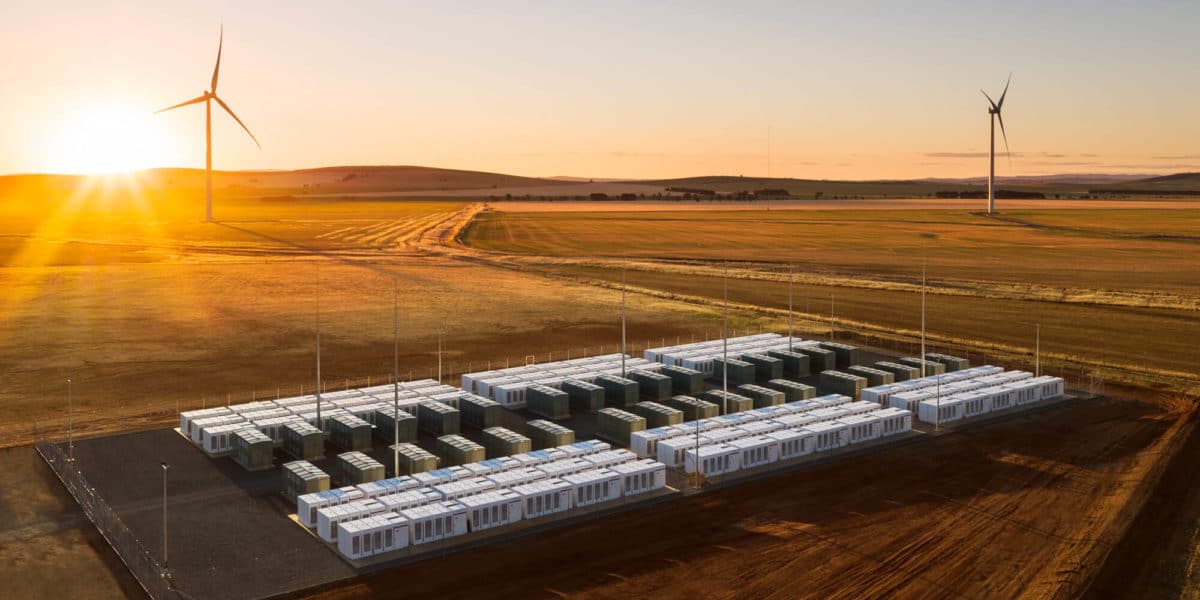Less than a month after Tesla CEO Elon Musk made waves for saying on an earnings call “Tesla will give you a giant contract for a long period of time if you mine nickel efficiently and in an environmentally sensitive way,” Wood Mackenzie has released an analysis predicting that lithium-iron-phosphate (LFP) is poised to overtake lithium-manganese-cobalt-oxide (NMC) as the dominant stationary storage chemistry within the decade.
Musk has long been a proponent of removing cobalt from batteries, so maybe the news isn’t all bad for him.
Sitting at 10% of the stationary storage chemistry market in 2015, LFP batteries have ballooned in popularity in the five years following, up to more than 30% in 2030, according to Wood Mackenzie.
This uptick came about due to a supply shortage of NMC batteries and components in late 2018 and early 2019. With battery energy storage and EVs both experiencing rapidly increasing deployment, the two technologies sharing battery chemistry made a shortage inevitable.
“As lead times for NMC availability grew and prices remained flat, LFP vendors began tapping into NMC constrained markets at competitive prices, thus making LFP an attractive option for both power and energy applications,” said Mitalee Gupta, Wood Mackenzie senior analyst.
One factor that is set to drive LFP’s anticipated dominance will be the divergence between the types of batteries used for storage and those used for EV applications, as these batteries become subject to further innovation and specialization.
Because current lithium-ion energy storage systems suffer from diminishing returns and unfavorable economics at durations longer than the 4 to 6 hours — there is a pressing need on the horizon for long-duration storage. In addition to the need for longer-duration storage, Gupta also anticipates that high recycling capabilities and high frequency will take precedence over energy density and reliability for the battery energy storage market, both aspects where LFP batteries can shine.
And while LFP chemistry’s increased presence in the EV battery market is not expected to be as drastic as it will be for battery energy storage, the report outlines that it’s not to be overlooked. The chemistry is already somewhat popular in the Chinese EV market and is expected to gain traction globally. To put a number to this traction, WoodMac predicts the chemistry to retain more than 20% of EV battery installations through 2025.
The main driving forces behind LFP adoption in the EV space will come via the chemistry’s improvements in gravimetric energy density combined with cell-to-pack technology, according to Wood Mackenzie Senior Research Analyst, Milan Thakore.
This content is protected by copyright and may not be reused. If you want to cooperate with us and would like to reuse some of our content, please contact: editors@pv-magazine.com.









I have no affiliation with this company but I believe they have a superior & cheaper product for stationary battery storage. Besides, Lithium will be better utilized for EVs, drones & aircraft–where high amp-hrs/Kg are needed.
https://ambri.com/technology/
Some History on this Tech: